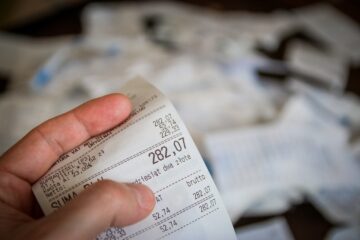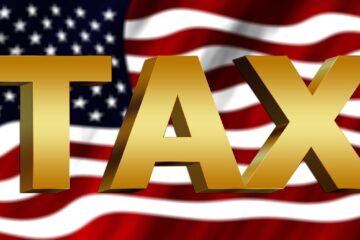Taxes. No one likes to talk about them. Especially if you own your own business. But if you do then you need to know about the self employment tax and how it works
What is the Self Employment Tax?
In order to know what the self employment tax is we must first know what the FICA tax is.
FICA
FICA is an acronym that stands for “Federal Insurance Contribution Act”.
It is a tax that is deducted from each paycheck when you work for an employer.
The money that is your FICA tax is used for several different needs including Social Security and Medicare programs.
The FICA tax is split into two parts:
- The Social Security Tax
- Medicare tax
The Social Security tax is 6.2% of your gross wages.
And the Medicare tax is 1.45% of your gross wages.
Together they add up to be 7.65% of your overall gross wages regardless of which tax bracket you are in.
The FICA tax is in addition to federal income tax, state income tax (if applicable), and local income taxes (if applicable).
Here is where things are different if you are self employed.
Self Employment Tax
The FICA tax that you would normally pay if you worked for an employer is actually half of the total FICA tax.
The actual FICA tax is 15.3%.
When you work for an employer, you pay ½ of the tax and your employer pays the other ½.
But when you are SELF employed you are both the employer and the employee.
That means that you have to pay both sides of the FICA (often called payroll) tax.
You pay 7.65% as the employee and you pay 7.65% as the employer.
This totals the entire 15.3% FICA tax.
Final Thoughts
When you are self employed this tax can sting. You have to not only pay both sides of the FICA tax, you also have to pay income tax, personal property tax, sales tax, etc.
But that is simply the cost of doing business.
There are ways that you can write off a portion of your employer side of the payroll tax but that is an article for another day.
I am here for you!
Until next time!



0 Comments